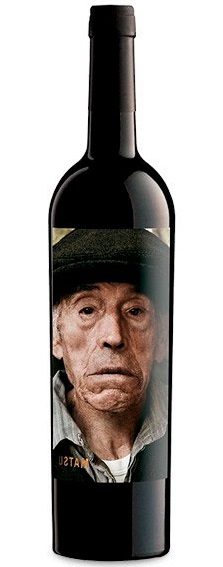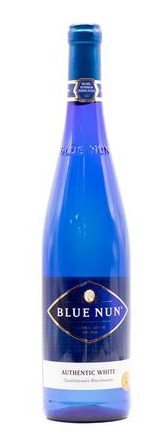What’s the difference between a brand being different or distinctive? I prefer the word distinctive when referring to branding because it is used when discussing one thing.
Perhaps this is semantics.
Different can be – my brand is red, another brand is yellow, and a third brand is green.
Distinctive feel like your brand is red, another brand is yellow, and my brand is polka dots.
Purple Cow
Do you know Seth Godin’s book Purple Cow and this important marketing concept?
A person driving in the countryside sees a brown cow on a hill. She notices it. Then in the next valley, she sees another brown cow. And then another. After a few more brown cows on a hill, she stops noticing the brown cows.
Until around the corner, she sees a purple cow. Distinctively unexpected. She has never seen anything but a brown cow. A purple cow is remarkable, so she tells others about it.
What Does Webster Think?
Both different and distinctive are adjectives that mean something, well, different. But they are not used in the same ways.
Distinct usually means “noticeably different” or “separate.”
From Websters:
Distinct is used when you want to say that something is separate or different from other things.
It is often used when talking about more than one thing. Below are some examples of this use.
- The painting has three distinct colors: red, blue, and yellow.
- The twins are pretty distinct from one another. Their hairstyles and personalities make them easy to tell apart.
- Each pizza has its distinct flavor.
- Each house on the street has a distinct style.
Distinctive usually means “having a quality or characteristic that makes a person or thing different from others.” Distinctive is used to say that something is appealing or mesmerizing because of its special or unique qualities. It is often used when you are only talking about one thing.
- She has a distinctive way of dressing.
- The dog has a very distinctive personality.
- He drives a distinctive car.
- The book has the most distinctive cover I’ve ever seen.
Simply put, what is the difference between different and distinct? When used as adjectives, different means not the same, whereas distinct means are capable of being perceived very clearly.
Distinctive Wine Bottles
When I saw the images of Matsu’s wine bottles, I said WOW, a purple cow.
My first thought – this is a distinctive way to stand out from the crowd. Their Spanish wine with large portraits of the people who work in the field to make these wines is such an unexpected idea. It celebrates the land, the people, and the essence of a brand that respects the dignity of work and workers. It makes me want to sip and savor their wines.
I was captivated by the packaging.
Matsu focuses on sustainable viticulture that brings together a unique collection of high-expression wines. The label solution is faithful to Matsu’s philosophy.
Words alone can’t do justice to this wine. I would never notice this brand from these notes. They are beautifully written but not different or distinctive.
Winemaker Notes
Deep cherry red color, intense depth, with violet notes on edge. Complexity is taken to the extreme, with medium intensity but enormously rich in nuances. Denotes an elegant compendium of aromas of ripe black fruits, accompanied by creamier and sweeter nuances of the barrel and some spicy final notes. Very pleasant, its smooth fullness and voluptuousness are noteworthy on the palate. It is also very complex in the mouth, denoting excellent ripening and low-yielding grapes from old vineyards.
Lovely, but words can only go so far as to evoke emotion. It is the packaging that would get my attention. And it makes an important statement about the brand.
Matsu’s wine trilogy, ‘El Pícaro,’ ‘El Recio,’ and ‘El Viejo’ are represented by a portraits series of three generations that devote their lives to the field. Each personality embodies the characteristics of the wine that gets its name.
Finding a Category’s Visual Pivot Point
Can your brand find a visual pivot point of distinctiveness to tell your brand story?
Often people study the competition and then copy the conventional wisdom of what they do. The right approach is finding a distinct way to signal a brand’s essence within your company or brand’s vision. This year is the 100th anniversary of the Blue Nun brand. Read the story here in Pix. What a great example of a powerful visual hammer.
Doing some branding work? Ask these questions:
- What is the conventional wisdom and imagery of the category? Know it but don’t follow it or you’ll blend into the wall of wine on a shelf.
- How can you be disruptive and present an idea that is like a visual hammer? Positioning is the ownership of a word – a visual hammer is owning a visual image. (HT to Laura Ries)
- What ideas might fit with the ethos and emotional benefits of your product or service? Find a creative solution that is distinctive and on-brand. Matsu is an excellent example of the visual representing the emotional aspect of the brand’s message.
Now, does anyone have a corkscrew?
You can set up a time to chat with me about your marketing challenges using my calendar. Email me jeffslater@themarketingsage.com Call me. 919 720 0995. The conversation is free, and we can explore if working together makes sense. Watch a short video about working with me.







